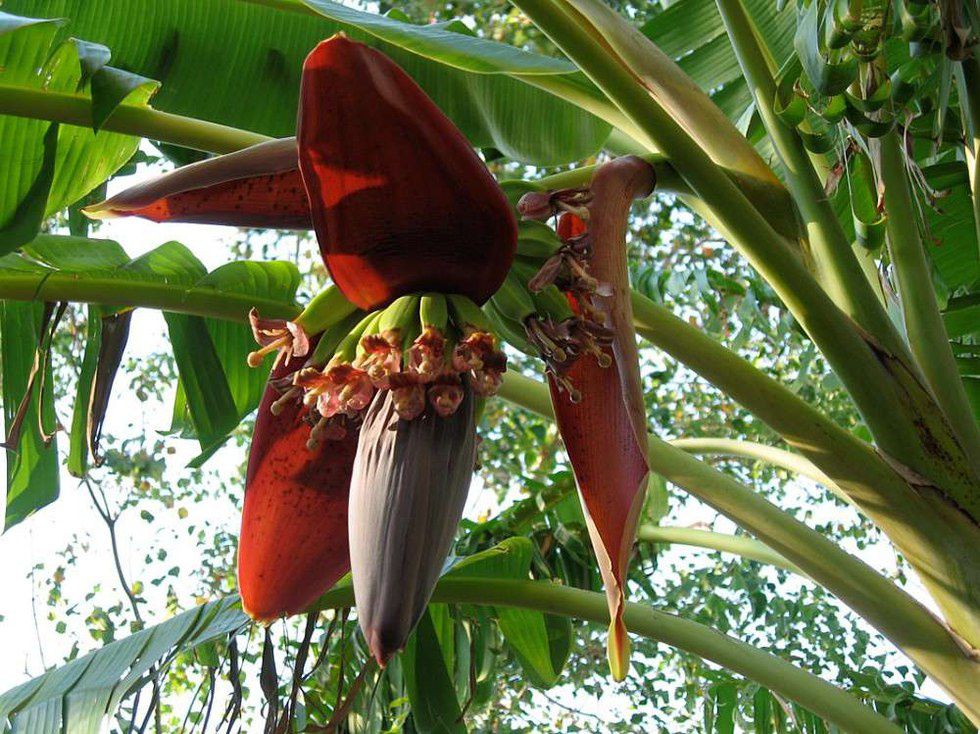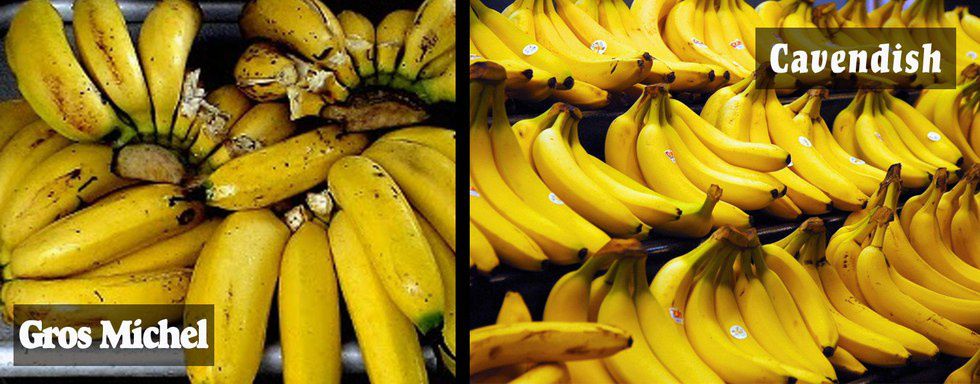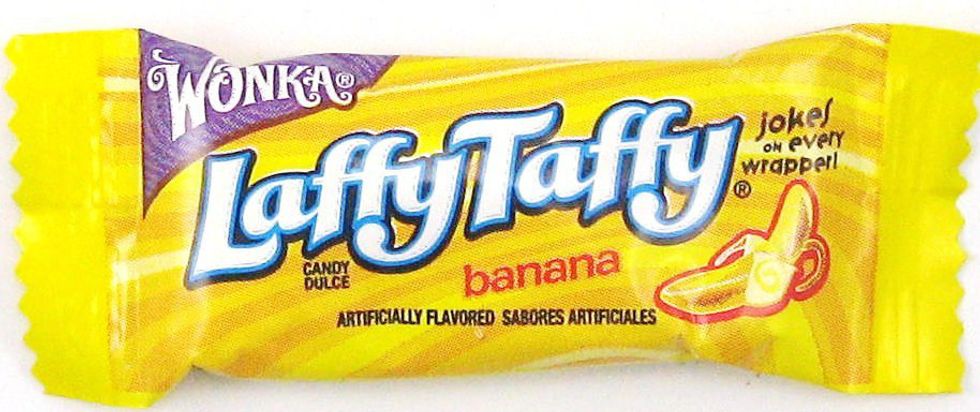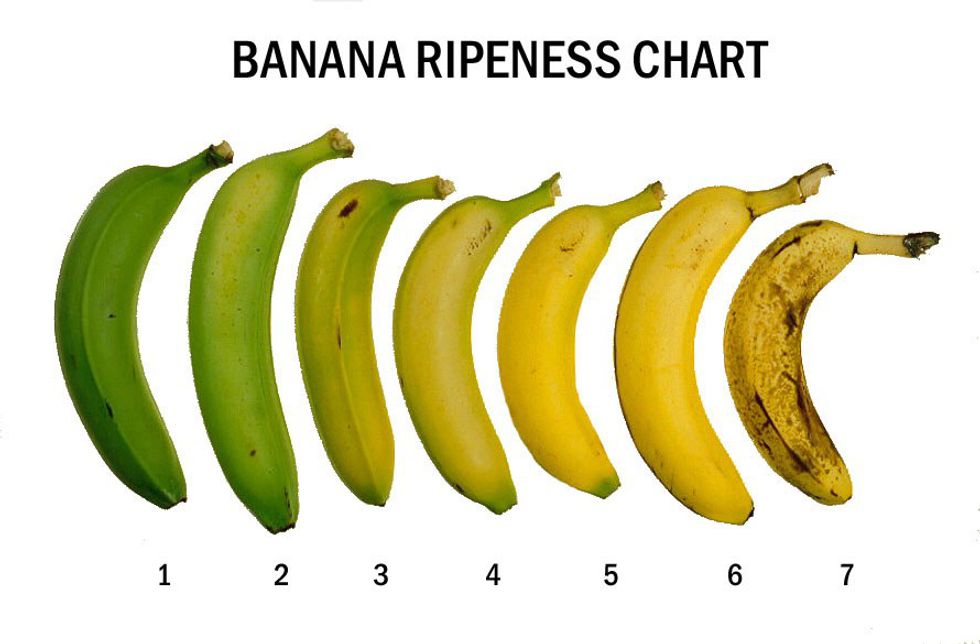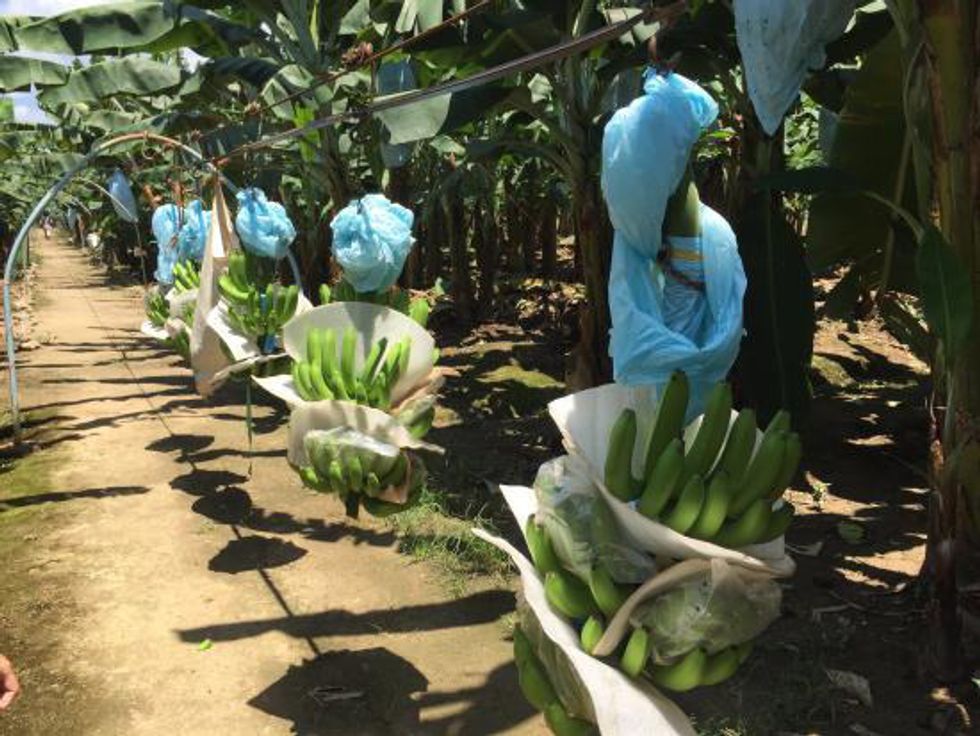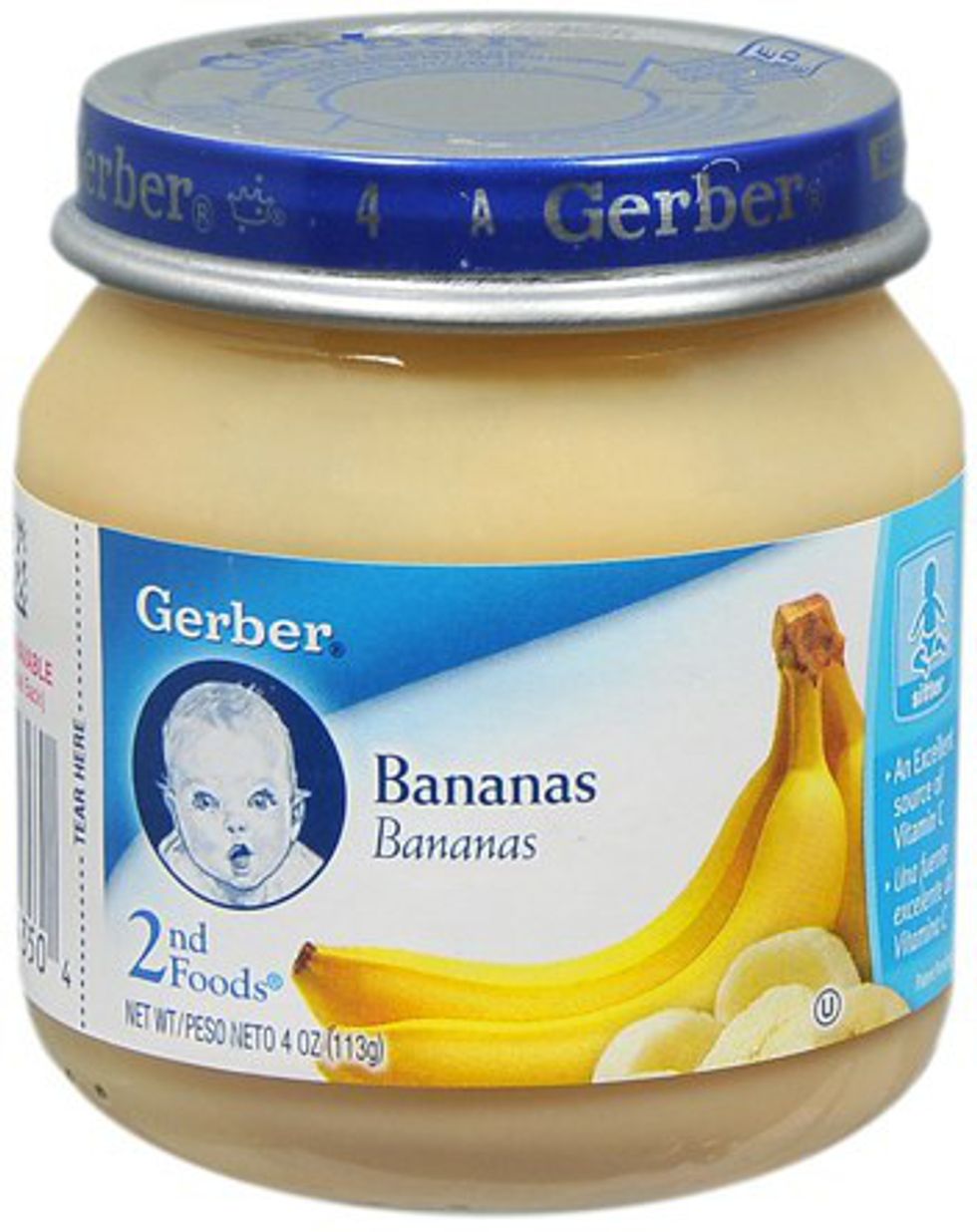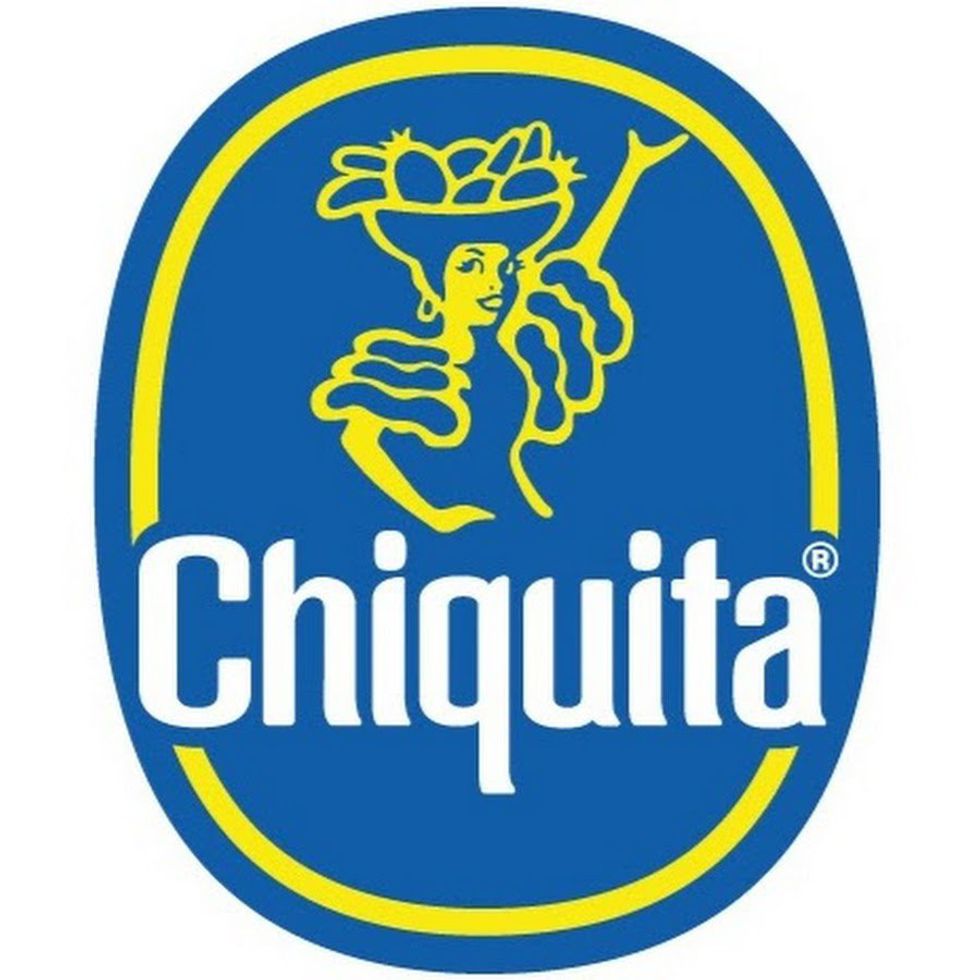Bananas, although seemingly innocuous, are strange and controversial fruits. It turns out that even their status as a "fruit" is not that straightforward.
1. Bananas don’t grow on trees.
The banana plant is actually a herb, distantly related to the ginger plant. Also, bananas are technically berries. Now you can be like those people who constantly remind people that tomatoes are technically fruits, not vegetables.
2. Banana Seeds are useless.
Due to genetic modifications, banana seeds of the variety that most people eat, or Cavendish bananas, no longer grow bananas. Every season, the workers must transplant stocks from old plants to grow new ones.
3. Bananas as we know them may not be around for long.
One risk associated with genetically modified bananas is that when the plants are genetically identical, they are much more susceptible to plant diseases spreading over an entire species of banana. If one plant is not resistant or immune to the disease, none of them are. This happened in the 1960’s when the then-popular type of banana, the Gros Michel, was reduced to near extinction by a pathogen called the “Panama Disease.” Scientists are working to prevent the same thing from happening to Cavendish bananas, but it’s might be only a matter of time until the world has to switch to a different type of banana.
4. There is a reason banana-flavored candy doesn’t taste like bananas.
The flavor of banana candy is modeled after the Gros Michel banana, not the Cavendish. Gros Michel bananas have a slightly different flavor and are sweeter.
5. Bananas are artificially ripened so that they are good to eat right on time.
Bananas have a very short “shelf life,” and it is easy to tell whether or not a banana is good. Because of this, bananas are harvested long before they are ripe so that they do not turn brown and nasty until after they have been on your counter for a few days. The ships have temperature-controlled compartments for the bananas, and the bananas are never shipped on the top deck so that the sun does not ripen them prematurely. The still-green bananas are unloaded and brought to facilities with temperature-controlled “ripening rooms” where they are exposed to ethylene gas, which ripens them evenly and predictably so that they arrive at the stores exactly when they are ready to be purchased and consumed.
6. Banana farms have zip lines installed throughout the fields so that they do not accidentally get bruised.
After being cut off from the plant, the large banana bunches are fitted with foam pads for protection and strung up on the ropes to be whisked off to the processing plant. Once there, the bananas are broken into smaller bunches and cleaned in a bath. A second bath treats them with a chemical that kills any spiders or insects on the bananas.
7. The Chiquita banana company is not exaggerating when they say that their bananas are carefully inspected.
Bananas are inspected at least two points from the time the bananas leave the farm to when they appear on the shelves for the correct size, curve, and shape. Sub-par bananas are used to feed livestock or are made into baby food. This is not dangerous because the only thing wrong with these bananas is that they ripen too quickly, are weirdly shaped, or they are bruised at some point in the process.
8.Chiquita Bananas are better than Del Monte and Dole.
Despite the company’s less-than-great past, Chiquita has made remarkable improvements in their farming and business practices to improve environmental sustainability and conditions for workers in the last two decades and has become Rainforrest Alliance certified. Unfortunately for them, these strides in good ethics have basically gone unnoticed and have not forced their competitors, Del Monte and Dole to follow suit.
Who knew, right? Stay tuned for a future article about the shady side of the banana industry!




